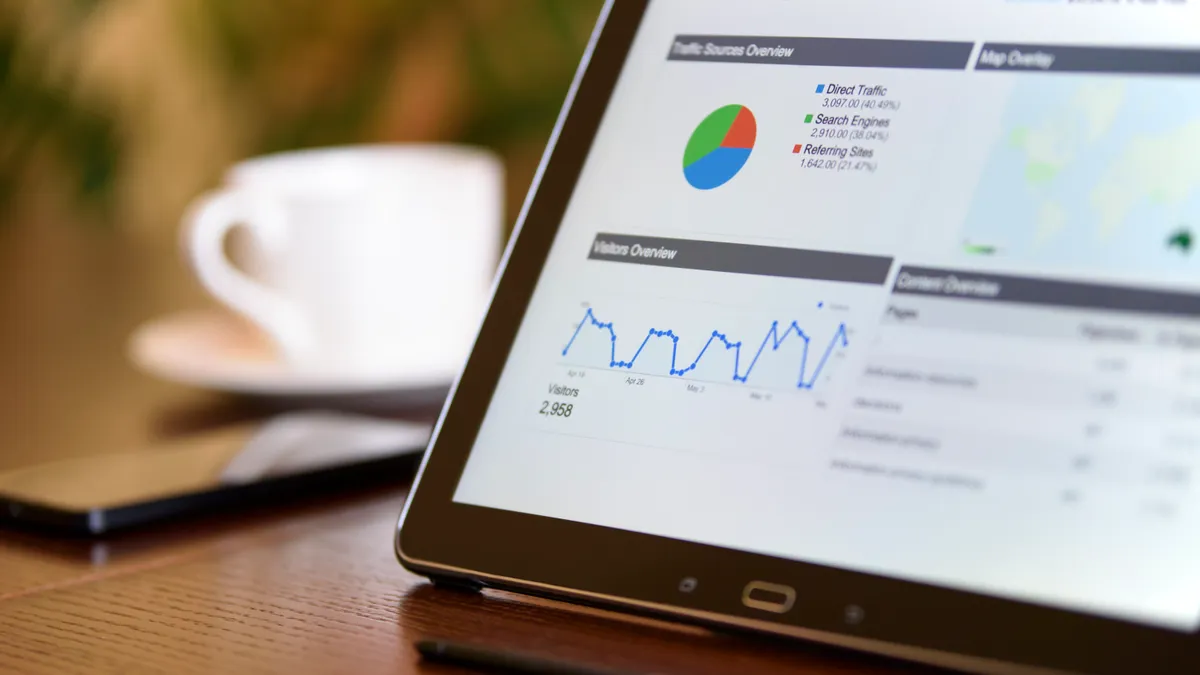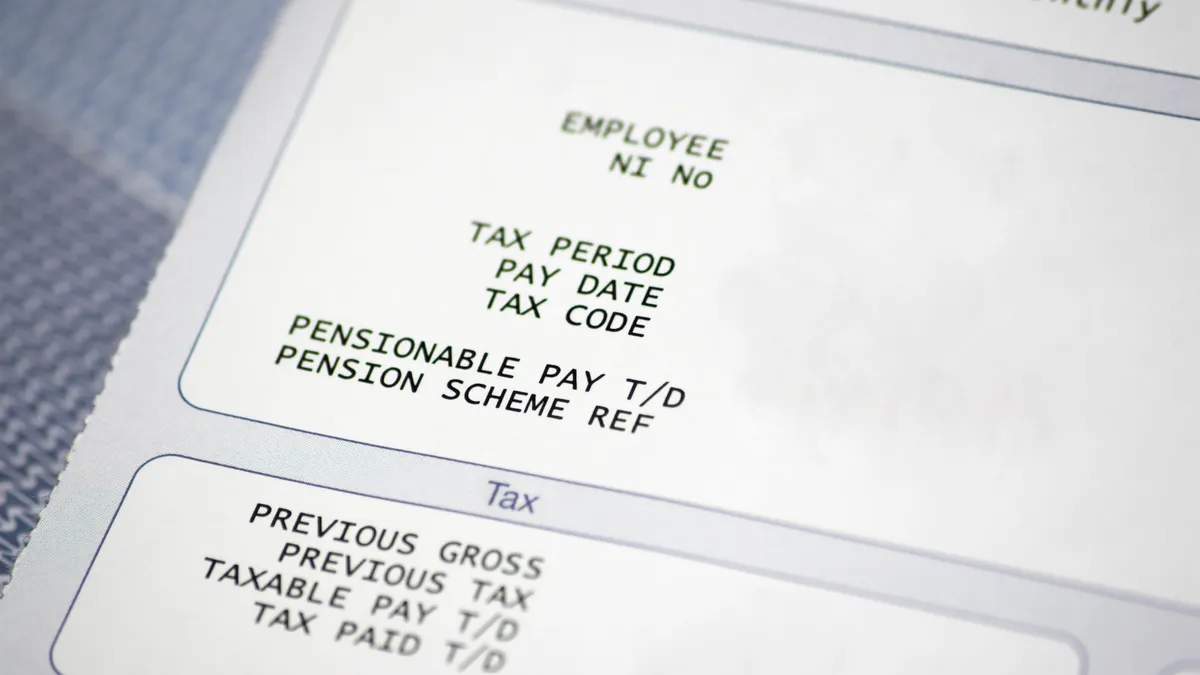Editor's note: The following is a contributed piece by Erik van Vulpen, co-founder of Analytics in HR and HR Analytics Academy, a community for people analytics professionals and training resource.
People analytics is on the rise. In this article, I want to go over five common misconceptions that keep coming back. I want to demystify these false ideas — and I saved the biggest one for last! Let's dive right in.
Misconception 1: People analytics predictions are accurate
One of the main challenges in people analytics is predicting complex human behavior. Predictive analytics will never predict behavior with a 100% accuracy. An algorithm that predicts performance (or any other behavior) with an accuracy of 40% is already very good. The big advantage of people analytics lies in the difference between what algorithms can do and what people do: even at 40%, algorithms are still better at predicting performance than humans.
How accurate you can make your predictions has everything to do with your input and output data. If you have relevant and high-quality input data and are also able to assess the outcome very accurately, your algorithm will be even better.
Misconception 2: Correlation equals causation
One of the most persistent misconceptions in every area that has to do with analytics is that things that act together are related.
Even though most of us know the saying that "correlation doesn't equal causation," we are always on the lookout to identify relationships between different things that happen around us.
One of my favorite TV shows is "The West Wing," a political drama. The following scene is set in the Oval Office where Martin Sheen (who plays U.S. President Josiah Bartlett) explains the 'post hoc ergo proptor hoc' fallacy, a good example of this misconception.
The thing is that most correlations are purely coincidental. The same will happen in people data. There's often a third factor that can explain a correlation in your data. Drawing a cause-and-effect relationship requires complex research designs and data that stretches over a longer period.
That's why your research should always start with a research question related to a topic that the organization is dealing with at the moment.
Misconception 3: People analytics helps HR
Technically, this statement is only a partial misconception. In line with the previous, people analytics should add value to the business. This is the most important criteria for any analysis. If the analysis doesn't add value, why do it in the first place? The resources are better spending on projects that actually do add value.
People analytics should help HR indirectly. Because people analytics focuses on the quantification of the people drivers of business outcomes, it will impact how we manage people — and thus help HR do their work better — but only because this, in turn, will help to achieve a strategic goal.
People analytics shouldn't primarily focus on optimizing HR. Just like HR activities are conducted to help the business achieve its goals, so too should people analytics primarily focus on achieving business goals.
Misconception 4: The best starting point for people analytics is a dashboard
One of the most profound misconceptions is reporting data equals people analytics.
Let's clear these two definitions up. First of all, there's reporting. This involves gathering data and displaying it on HR dashboards and reports. Reporting focuses on the here-and-now rather than on the things that are likely to happen. It also makes us very vulnerable to the 'correlation equals causation' misconception because dashboards show a snapshot of the data. There's no further analysis.
Secondly, there's analytics. Analytics involves modeling data and predicting an outcome. This is about predicting the future and gaining insights into trends. Analytics enables us to see if factors are, in fact, related or caused by one another. This is something you can't learn from a dashboard.
You don't need a dashboard to get started with people analytics. In fact, a dashboard isn't technically considered analytics — although a lot of dashboard vendors will tell you otherwise! True insight comes from analyses driven by business issues.
Misconception 5: Getting started with people analytics is hard
People analytics is hard — just like programming software or Alpine skiing is hard. Getting started with skiing is, however, much simpler. Skiing can already be fun the first time you go down the mountain. Likewise, people analytics can be insightful for the novice.
Working with a small data set and doing some simple analysis can already provide a lot of insight. I'll give a personal example, which focused on one of the tradition HR best practices: Training of employees.
Not too long ago I worked with a company that was struggling to explain why their L&D function was so far over budget. This was jeopardizing their negotiation position for L&D budgets and threatened to cripple their internal young talent development activities.
When we sat down and examined the data, we saw that they kept track of all their approved L&D activities. The sum of these activities in dollars, however, was 22% less than the total that finance had booked on their department. This was the discrepancy.
After a two-hour session, we were able to: 1) identify the discrepancies in the budget; 2) see which groups of activities they were from; and 3) estimate their L&D budget for next year based on average budgets and growth of personnel in the previous years.
This helped them to secure their budgets for next year that was in line with the strategic development goals of the organization (which also included their future leader/young potential program).
I hope that by debunking these misconceptions, you've gotten a better idea of what people analytics is and how it is changing the role of HR.
People analytics will not change HR overnight or impact every single one of us. Slowly but steadily, however, it will make HR a discipline in which intuition and data are combined and will lead to even better decision making.



















